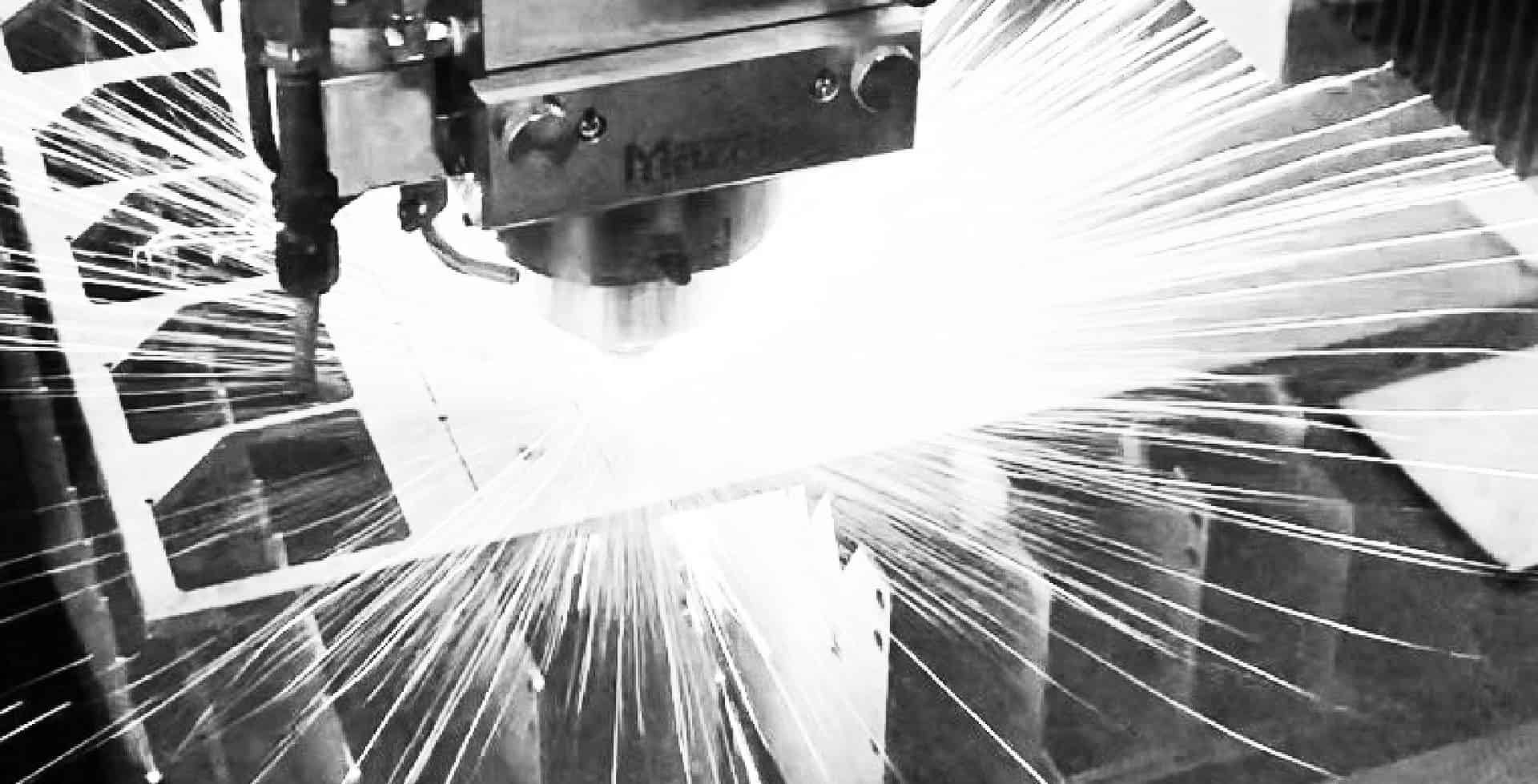Baghouse Troubleshooting

Understanding Problems and Finding Solutions
A fully functional baghouse dust collector is important for the safety of your employees and your business. When problems arise—even small ones—it puts your operation at risk of shutdowns, exposes you to regulatory citations and can impact your bottom line. Fortunately, some common problems are simple to diagnose and have affordable solutions. Here’s a guide to baghouse troubleshooting.
Common Baghouse Problems
High Differential Pressure and/or Short Bag Life
Experiencing high differential pressure or unexpectedly short bag life are common issues in baghouse systems.
Probable Cause: Maintenance Problems
The most common source of problems with baghouses arise from poor bag installation, a faulty differential pressure gauge, leakage through the discharge device, valve and solenoid failures, wet or oily compressed air, a faulty timer or wet bags.
Probable Cause: Design Problems
Design-related issues are a potential culprit when encountering high differential pressure or reduced bag life. Possibilities include high dust loading, high air-to-cloth ratio, high can velocity, improper fabric or surface treatment or an improper or undersized discharge device.
Probable Cause: Operational Problems
During the baghouse troubleshooting process, consider whether operational issues such as improper start-up sequence, improper damper settings or high moisture content and lower temperature in the gas stream may be the cause.
Low Differential Pressure
Low differential pressure in a baghouse signals underlying issues that might affect performance.
Probable Cause: Operational Problems
Operational issues can often result in low differential pressure, primarily due to over-cleaning of bags due to excessive pulse pressure or pulse frequency.
Probable Cause: Maintenance Problems
Regular maintenance is key to ensuring consistent differential pressure. Look for plugged lines or broken or uncoupled manometer lines.
Dust Emission to Atmosphere
Baghouse dusting can reduce efficiency and risk non-compliance.
Probable Cause: Design Problems
Design flaws can lead to baghouse dusting issues. In baghouse troubleshooting, look for an extremely high air-to-cloth ratio, poor seal arrangement, extremely fine dust (or very fine spherical particles), the wrong fabric or surface treatment or the wrong bag size.
Operational Problems
Operational settings and procedures can also contribute to baghouse dusting. Consider whether a wrong damper setting or poor start-up procedure are the culprit.
Maintenance Problems
On the maintenance side, several issues can lead to baghouse dusting. They include poor bag installation or seal, tubesheet leaks, holes in bags or bad diaphragms or solenoids.
Puffing Back
Puffing back is when dust re-enters the dirty air stream.
Probable Cause: Operational Problems
If operational causes lead to puffing back, it’s likely from a high pressure drop across the baghouse, low system fan speed or improper duct balancing.
Maintenance Problems
Plugged duct lines and poor hood designs are two maintenance causes to consider.
Excessive Hopper Build-up
Probable Cause: Design Problems
Among the reasons design could play a role in excessive build-up in the hopper: a too-slow or faulty rotary air lock, the outlet is too small, there’s an improper discharge device or improper hopper slope.
Probable Cause: Operational Problems
The failure to initiate the discharge device prior to start-up or operate the discharge device after the fan has shut down may cause excessive build-up in the hopper.
Probable Cause: Maintenance Problems
Maintenance issues could lead to excessive hopper build-up when the rotary air lock needs rebuilding, there’s excessive rust or build-up on the hopper walls or material has become packed and won’t flow.
Low Dust Discharge
A few operational or maintenance issues can lead to the insufficient removal of collected dust from the baghouse hopper or discharge system.
Probable Cause: Operational Problems
Leakage at discharge points and re-entrainment of dust on filter bags can be operational causes of low dust discharge.
Probable Cause: Maintenance Problems
A malfunction of the discharge valve, screw conveyer or material transfer equipment might be an issue. Or re-entrainment of dust within the collector could be due to possible leaks in the hopper.
Holes in Bags
There are many potential causes when holes are found in bags.
Probable Cause: Design Problems
Improper fabric, an inlet abrasion from excessive inlet velocity or turbulence or bags rubbing together a warped tubesheet could create holes.
Probable Cause: Operational Problems
Too-high inlet temperature, sparks in the inlet gas stream, or high moisture mixed with moderate heat causing hydrolysis are possible culprits.
Probable Cause: Maintenance Problems
A few maintenance issues need investigating, including the failure to clean the tubesheet (leading to abrasion from the inside), bent cages rubbing against the walls or each other, excessive pulse cleaning, bags damaged during installation, broken cage wires, or improper bag installation.
Loud or Unusual Noises
Noises can cause headaches in more ways than one. Either maintenance issues or, in the case of a pulse jet baghouse, the pulse system may be to blame.
Probable Cause: Maintenance Problems
Vibrations, banging of moving parts or squealing of belt drives can cause excessive noise. Addressing these maintenance issues will generally address the noise issue.
Probable Cause: Pulse System
Unexpected noises can be caused by valves not properly pulsing or a compressed air leak in a pulse jet baghouse.
Baghouse Corrosion
When you see signs of corrosion, here’s where to begin your baghouse troubleshooting.
Probable Cause: Operational Problems
Dew point excursions and improper shutdowns and startups can lead to corrosion.
Probable Cause: Maintenance Problems
Improper paint, material, or application, improper insulation and emission of nearby equipment are also common corrosion causes.
Baghouse Troubleshooting: When to Seek Outside Support
Sometimes in-house baghouse troubleshooting can only get you so far. Whether you need help identifying the root problem or know what the problem is but need help to address it, IVI can help. When problems persist or maintenance is needed, contact IVI’s expert team to schedule baghouse troubleshooting help, repair or service.
Baghouse Troubleshooting
If differential pressure, puffing back, corrosion or other baghouse issues have you concerned, contact IVI today.